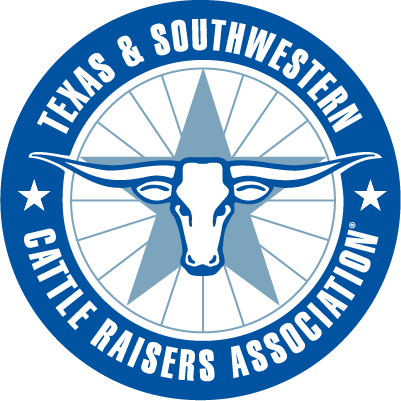Paul Beck, Oklahoma State University State Extension Beef Nutrition Specialist
The Rancher’s Thursday Webinar on November 17th had Dr. Mary Drewnoski from the University of Nebraska-Lincoln present over feeding baled crop residues to beef cows as an alternative to feeding normal hay crops. To effectively feed cows through the winter producers should understand the quality of the forage they are feeding and how it fits the cow’s nutrient requirements and impacts forage intake.
Crop residues like wheat straw, corn stalks, or soybean residue are low quality roughages, with total digestible nutrient (TDN) content ranging from around 39% for soybean residue to 45% for wheat straw and corn stalks. Protein levels are also very low at around 3 to 5%. Also, the bottom end of the corn or sorghum stalk is very low in nutrient quality, cows will sort out most of this portion and intake will be very low. Drewnoski stated that grain sorghum residue is actually higher in TDN and crude protein at 52 5o 55% TDN and 5 to 7% crude protein.
Grain sorghum residue can meet the requirements of a cow in late gestation, the stage most of our spring calving cows are in from now through mid-February, while other residues from corn, wheat, or soybean harvest will need significant supplementation for these cows.
Hay baled from a failed soybean crop is much higher in quality than residues baled after harvest. Soybean hay often reaches 55% TDN and 14 to 20% crude protein. It is key to capture the soybean leaf because that is where the best nutrient content is, and the stems are low in energy. Also, the pod adds a lot of protein and energy as it fills, because of the high protein and oil content of the soybean seeds. It is very hard to dry down soybean hay because of the stems and pods, so Drewnoski warns of the potential of mold forming in the bales.
Drewnoski’s final comments:
- The residue bales should be sampled for analysis to determine the feeding value. At least 15 to 20 bales should be sampled from each field.
- Be aware of nitrate issues in these residues and test to ensure levels are below toxic thresholds.
- Feeding waste will be an issue.
- Feeding processed hay and residue on the ground can result in losses of up to 40%, so feeding in a bunk is advisable.
- Open bottom round bale feeders can have up to 30% waste, sheeted bottom feeders can reduce this to 20%.
- Cone feeders reduce the waste to less than 10%.
